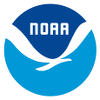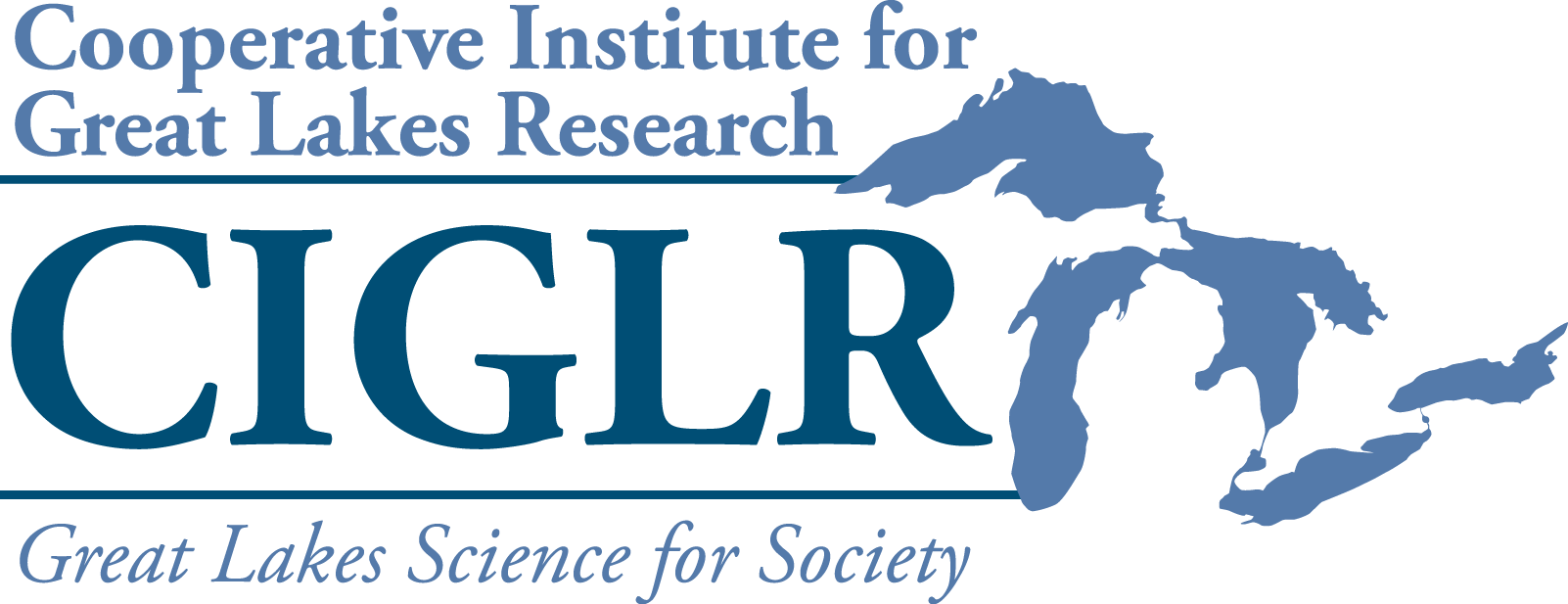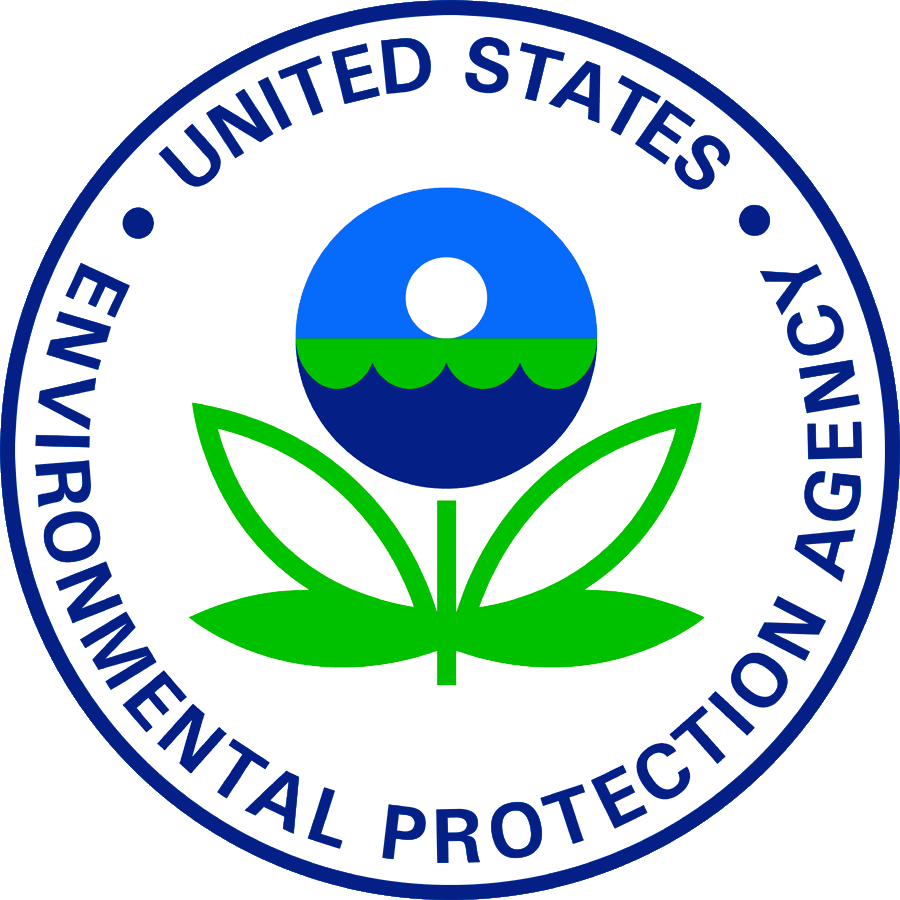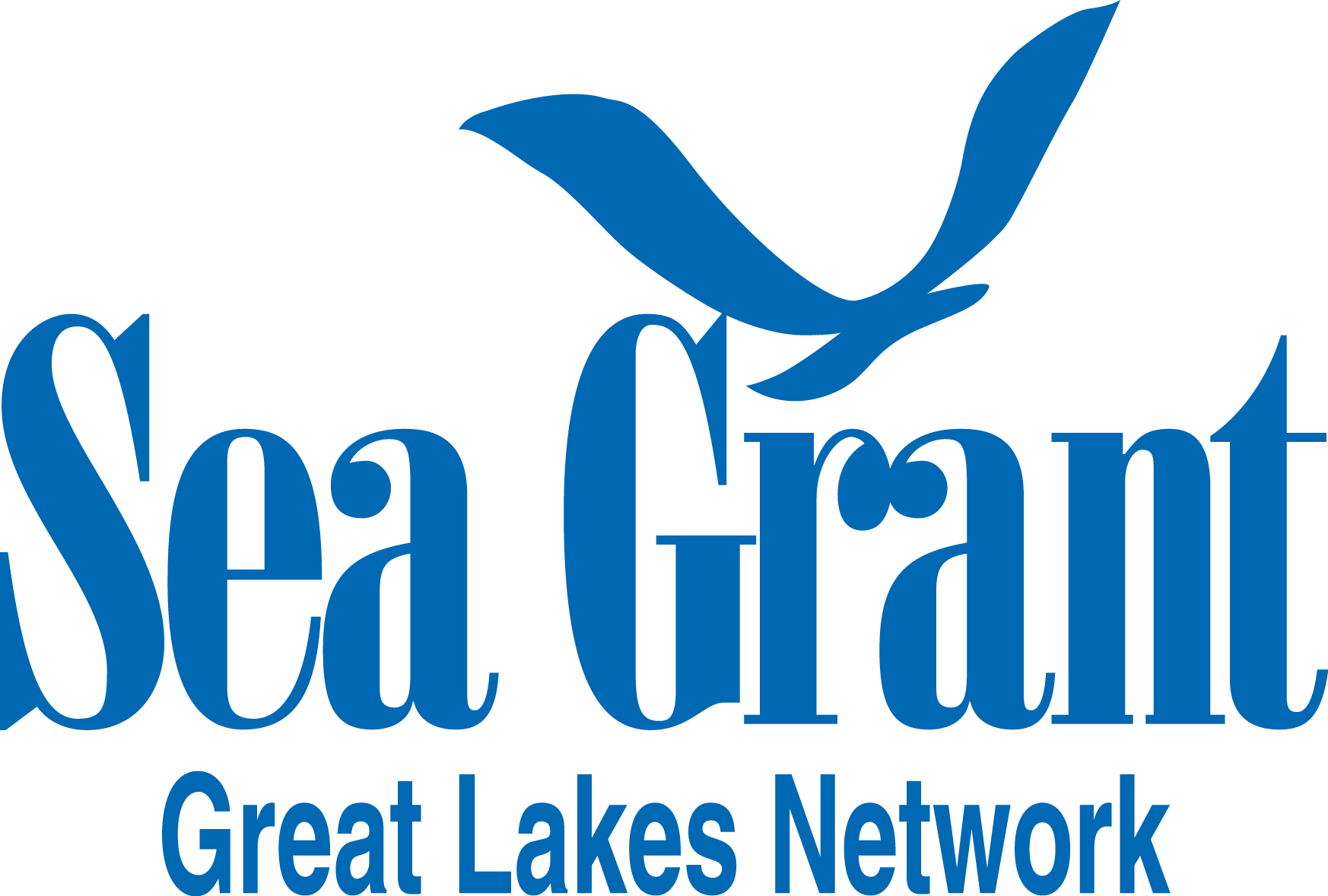Overview
GLANSIS is a NOAA-led, interagency, Great Lakes-specific database for Aquatic Nonindigenous Species (ANS)
The Great Lakes are one of the most heavily invaded aquatic systems in the world, and while some aquatic nonindigenous species (ANS) have had benign or beneficial impacts, others threaten the economy, the environment, or human health and are thus referred to as "invasive". Protecting the Great Lakes ecosystem, regional economy, and community well-being from ANS requires effective prevention, early detection, and rapid response, management, and control efforts, which in turn depend upon the quantity and quality of accessible information. GLANSIS serves as the Great Lakes' "one-stop shop" that centralizes and synthesizes the best available information to support effective management and control strategies that limit the introduction, spread, and impact of ANS in the Great Lakes.
As of 2019, over 180 nonindigenous species have been reported to have reproducing populations in the Great Lakes basin, including lakes Superior, Michigan, Huron, St. Clair, Erie, Ontario, their connecting channels, and water bodies within their respective drainages. The number of Great Lakes aquatic nonindigenous species documented in GLANSIS must be interpreted as a minimum. Identification depends on our ability to find, recognize, verify, and document new species, which in turn relies on our ability to adequately sample the Great Lakes ecosystem. The most recent ANS reported and verified as overwintering and reproducing in the Great Lakes basin is Mesocyclops pehpeiensis.
NAS Partnership
GLANSIS functions as a Great Lakes-specific node of the USGS NAS (Nonindigenous Aquatic Species) national database. Information entered for GLANSIS automatically appears in NAS and vice versa, though we maintain overlapping species lists. GLANSIS provides targeted access to the information – especially collection records – for established Great Lakes nonindigenous species in the NAS Database. GLANSIS provides additional information on risk assessment, management, and control exclusive to the Great Lakes that are not served by NAS.
Additional information on aquatic invasive species related to the Great Lakes region that are not included in GLANSIS, such as species which have been reported but not established, failed introductions, cryptogenic species for which evidence is considered insufficient, and species native to the Great Lakes which have invaded other regions of the U.S. may be available through USGS NAS.
Program History
While working at GLERL in 2002, Dr. Dave Reid identified a need for a comprehensive database of aquatic nonindigenous species in the Great Lakes. Dr. David Raikow was hired as a post-doctoral research biologist in November 2003 and assigned to develop the GLANSIS database under Dr. Reid's guidance through September 2006. Initial support for the development of the database came from NOAA-GLERL and the NOAA Invasive Species Program.
The USGS NAS National Database had already been developed and included a number of Great Lakes species, so the GLANSIS team established a partnership with Pam Fuller of USGS that allowed access to the NAS database platform. Together they established protocols that enabled GLANSIS researchers to modify, update, and expand the Great Lakes species on the NAS platform. This allowed for a seamless interconnection of inland lake and stream data collected and managed by USGS, with the Great Lakes and connecting channel data collected and managed by NOAA. A separate database portal was then established on the GLERL website to exclusively serve Great Lakes species information. In this way, GLANSIS functions as a Great Lakes-specific node of the USGS NAS (Nonindigenous Aquatic Species) national database. Information entered for GLANSIS automatically appears in NAS and vice versa, though we maintain overlapping species lists.
In addition to adding or verifying basic data entries, detailed species profiles were either edited and updated (for those already on the NAS database) or created after extensive literature reviews. The initial database of 139 species was created from a list published in Mills et al (1991). Some of these species were already included in the NAS database, but many were not, and the NAS holdings were subsequently expanded to include those not listed. Erin Maynard, Dr. Raikow's research assistant, other GLERL researchers, and student support also made substantial contributions to data entry and species profile development (see our staff listing at the bottom of this page), and many additional students have contributed as the database has grown to its current listing of 187 established nonindigenous species. Dr. Anthony Ricciardi chaired the original GLANSIS 'Blue Ribbon Panel' that provided external review for the lists and profiles. Dr. Rochelle Sturtevant, GLERL's regional Sea Grant outreach specialist, joined the project team in 2004 to pave the rollout of the website and public portal along with conducting outreach. She also provided research support for development and updates of many of the species profiles.
The Great Lakes Restoration Initiative (GLRI), managed by EPA's Great Lakes National Program Office, provided funding for the expansion of GLANSIS in 2010-2012. With Dave Reid's retirement in 2010, Dr. Ed Rutherford served as GLERL Principal Investigator and Dr. Rochelle Sturtevant served as interim program manager until Dr. Abigail Fusaro joined the team as a postdoctoral fellow and program manager. Emily Baker, a master's student at the University of Michigan, conducted the literature review and assessment that led to the creation of the original GLANSIS watchlist in 2010. This period also included increased formalization of the profile structure, addition of consistent semi-quantitative assessments of impact, risk assessments for watchlist species, and the addition of information on regulation and control.
Dr. Fusaro departed from GLANSIS in 2015, and Dr. Ed Rutherford (NOAA GLERL), Dr. Rochelle Sturtevant (Sea Grant at GLERL) and Dr. Felix Martinez (NOAA NOS at GLERL) shared responsibilities for interim program management. Many students and volunteers contributed extensively to the maintenance of the database, including updates of profiles and maps during this interim period. Dr. Abigail Fusaro, Dr. Alisha Dahlstrom, and Dr. Donna Kashian, all at Wayne State University, were significant partners in our accomplishments through this period.
GLANSIS has again received GLRI funding (2016-present), allowing for the reinvigoration of the GLANSIS program and development of new products to better serve the information needs of the region. GLANSIS now has a formal Executive Committee comprised of several NOAA Principal Investigators. As of January 2018, Dr. Rochelle Sturtevant has become the GLANSIS Program Manager, and El Lower is serving as a full-time Research Associate. The Great Lakes Panel on Aquatic Nuisance Species (and its subcommittees) are advising the GLANSIS Executive Committee on regional information needs. Additional partners critical to the expansion of GLANSIS have included Michigan Sea Grant, the NOAA Cooperative Institute for Great Lakes Research (CIGLR), the University of Michigan Great Lakes Aquatic Habitat Framework (GLAHF) and the Great Lakes Panel on Aquatic Nuisance Species.
References
Mills, E.L., Leach, J.H., Carlton, J.T., and Secor, C.L. (1993) Exotic Species in the Great Lakes: A History of Biotic Crises and Anthropogenic Introductions. J.Great Lakes Res. 19(1) 1-54.
Ricciardi, A. and J.B. Rasmussen. (1998) Predicting the identity and impact of future biological invaders: a priority for aquatic resource management. Can. J. Aquat. Sci. 55:1759-1765.
Ricciardi, A. 2001. Facilitative interactions among aquatic invaders: is an "invasional meltdown" occurring in the Great Lakes? Can. J. Aquat. Sci. 58:2513-2525.
Ricciardi, A. 2006. Patterns of invasion in the Laurentian Great Lakes in relation to changes in vector activity. Diversity Distrib. 12:425-433.
Executive Committee
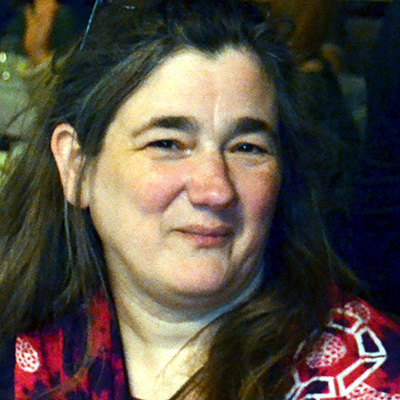
Rochelle Sturtevant
GLANSIS Program Manager and AIS Outreach
Michigan Sea Grant
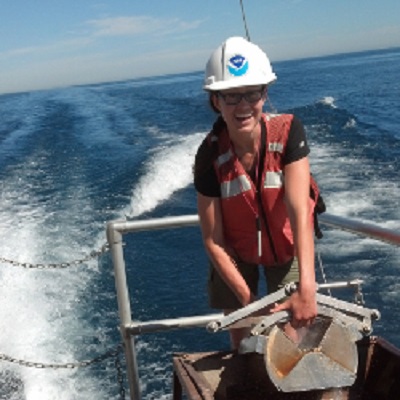
Ashley Elgin
Research Ecologist
NOAA-GLERL

Joseph Krieger
Invasive Species Program Coordinator
NOAA-GLERL
Research Associates
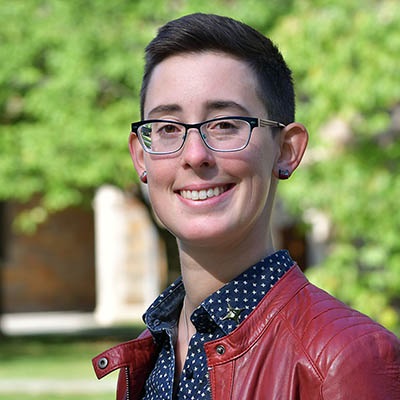
El Lower
Communications Specialist
Michigan Sea Grant

Andrew Mulligan
Research Assistant
Michigan Sea Grant

Connor Shelly
GIS Specialist
Web Developer
Michigan Sea Grant
Current Collaborators
Wes Daniel, Matt Neilson, Ian Pfingston, Jonathan Freedman
Silvia Newell (U-M), Heather Triezenberg (MSU)
IL-IN Sea Grant:
Stuart Carlton, Greg Hitzroth
Trevor Riley
GLAHF: Kevin Wehrly, Austin Bartos
- Cooperative Institute for Great Lakes Research
- University of Michigan School of Information
- Great Lakes Panel on ANS
Emeritus & Past Contributors
- NOAA: David F. Reid, David Raikow, James Liebig, Erynn Maynard, Felix Martinez, Ed Rutherford, Doran Mason
- CIGLR: Joe Smith, Devin Gill
- USGS: Pam Fuller, Amy Benson
-
Past Collaborators:
Anthony Ricciardi (McGill University), Rebekah M. Kipp (McGill University), Donna Kashian (Wayne State University), Alisha Dahlstrom (Wayne State University), Catherine Riseng (UM-GLAHF & MI Sea Grant), Tom Johengen (MI Sea Grant), Erika Jensen and Ceci Weibert (Great Lakes Commission) - Past Program Manager: Abigail Fusaro
- Past Research Associates: Austin Bartos and Joris VanZeghbroeck (MI Sea Grant)
- Past Volunteers: Michele Wensman
Student Support
General Support
- A. Abdulhay
- Abbas Jamaluddin
- Abhin Kumar
- Addie Johnson
- Ahmed Michael Beydoun
- Ahmed Saad
- Aimee Faloppa
- Alex Bogdanoff
- A. Mayersohn
- Arjewan Talib Jassim
- Carly Nowicki
- Catherine Lumanauw
- Cathy Kelly
- Chandani Patel
- Cherish Stottlemyer
- Christopher Kramb
- Christina Kassis
- Cody Narlock
- Courtney Cameron
- Daiwei Zhang
- David Rose
- Douglas Putt
- Emily Baker
- Emily Byrnes
- Ermias Bizuwork
- Gabriela Núñez
- George Ibrahim Fakhouri
- Ghalia Ezzedine
- Guanghan Xi
- Heather Siersma
- Holly Witman
- Jacob Dombroski
- Jane Li
- Joeseph Smith
- J. Ren
- Julie Larson
- Karim Alame
- Katherine Hanson
- Katie Thompson
- Kylan Hopper
- Kyle Dettloff
- Lauren Berent
- Ling Cao
- Ling Jie Gu
- L. Wu
- Madelyn Tucker
- Marc Narcisse
- Marie Arnaout
- Mary Hejna
- Mary McCarthy
- Mavis Gappy
- Mitra Asgari
- M. Trumbauer
- Nick Boucher
- Patrice Johnson
- Patrick Canniff
- Peter Alsip
- P. Rubio
- Q. Li
- Rachel Nagy
- Renee Spencer
- R. Morrissey
- Robert Bowman
- Seung Jun Kim
- S. Singh
- Susannah Iott
- Thomas Makled
- Tiana Dudley
- Toby Kemp
- Viviana Veber
- Whitney Conard
- Z. Zhou
Writing Partnership Program
Click on a semester to view student contributors.
Fall 2024
Loyola University Chicago
- Abigail Winkler
- Andrew Maxwell Henson
- Ciara Rose Belfiore
- Dana Potts
- James Valor
- Madison Ann Llamas
- Kathryn Anna Bushman
- Megan Cunnison
- Tava Oosterbaan
- Kate Knowles
- Jack Brannon
- Andrew Mullins
- Ciara Rose Belfiore
- Reagan Potts
Wayne State University
- Abbey E. Neal
- Acia Fazal
- Ali Boushehri
- Ali Iqbal
- Ali Salami
- Amanda Sosnowski
- Amelie Neely
- Amya Brown
- Andrew B. Lash
- Andy Than
- Angela Guerra
- Anthony Quattro
- Aya Berro
- Bilal Mustaquim
- Bintulhuda Hadi
- Caitlyn L. Thomas
- Cameron Marchetti
- Carlee Drouillard
- Carlye Lewis
- Cassie Cattran
- Catherine H. Skaff
- Christian Wagner
- Dane Collin Langnes
- Delaney Schultz
- Drew Bean
- Dylan J. McNay
- Eionna Marie Velasquez
- Elliot Rhodes
- Emily Hebert
- Erika N. Snell
- Faith Xue Yu Gardner
- Grace Back
- Grace Booza
- Grace Davison
- Gurmanpreet Sidhu
- Hannah J. Kelly
- Hassan Abrahim
- Hassan Ezzeddine
- Holly Beth Ruszkiewicz
- Hussein Ajini
- Isabella Burrell
- James Williams
- Jasper O'Connor
- Jawad Ajini
- Jessica Denver
- Jia Li Alesna Avery
- Jonathan Teh
- Justine Beaulieu
- Kailynn Anderson
- Kaitlyn M. Barba-Vargas
- Katelyn N. Green
- Katelynn Haygood
- Kaylee A. Harwick
- Keegan Napper
- Kelli Jurich
- Kennedy Tesch
- Kiersten Deleeuw
- Lana Kadi
- Lauren M. Sibu
- Lauren McIntosh
- Lauren Monthei
- Lily Gomez
- Lindsey Wheaton
- Lorelei Krembel
- Loren Ruth Solomon
- Lucas Carlock
- Luna Kadri
- Madalynn A. Matson
- Madelyn Powers
- Madison McClain
- Maira Virk
- Makenzy T. Cook
- Mariam Hamdan
- Maryam Mishal Ahmad
- Miriam DeWolf
- Mohamed Albasha
- Mohamed Alnamer
- Murtada Hadi
- Nayeli Medina-Cardona
- Nemah AlQosimi
- Noah Beaner
- Nore Alwaqedi
- Olivia Miller
- Pierre Hendricks
- Reese Leones
- Robin Bresolin
- Sabeeha Huq
- Samantha Rodriguez
- Sandhya Anagurthi
- Sara Sejdini
- Sarah Bhutta
- Seth E. Miller
- Shahrin Rahman
- Shon Stein
- Sophia Ann Wisniewski
- Sophia Mai
- Sophie Cohen
- Stephanie List
- Vanessa Burkhard
- Yzan Albacha
- Zeina Khalil
- Zoe Scarsella
Expert Review
- Anthony Ricciardi
- Sarah Bailey
- Hunter Carrick
- W. Lindsay Chadderton
- Susan Galatowitsch
- Jeff Gunderson
- Rex Lowe
- Nicholas Mandrak
- Robin Scribailo
- Pat Chow-Fraser
- Hugh MacIsaac
- Catherine Riseng
- Eugene Stoermer
- Steve Hensler
- Tim Campbell
- Titus Selheimer
- Kevin Irons
- Blake Ruebush
- Lisa Huberty
- Ken Phillips
- Leah Elwell
- Bernd Blossey
- Norman Yan
- Mark Burrows
- Andy Dzialowski
- Richard Barbiero
- David Barton
- Melania Cristescu
- Jaimie Dick
- Pat Hudson
- Gerald Mackie
- Calum MacNeil
- Marten Koops
- Robert Wakeman
- John Gannon
- Thomas Nalepa
- Henry Vanderploeg
- J. Connelly
- A. Reznicek
- M. Penskar
- D. Carlson
- I. Pfingsten
- P. Higman
- P. Kocovsky
- E. Reavie
- S. Jacquemin
- R. Petkeviciute
- A. Elliot
- S.L. Flory
- G. Southland
- D. Simpkins
- Corey Brandt
- D. Devries
- Jesse Lepak
- S. Colborne
- S. Pothoven
- Z. Slagle
- Florian Reyda
- Chris Marshall
- Kevin Kapuscinski
- Rachel Hackett
- Kari Fenske

